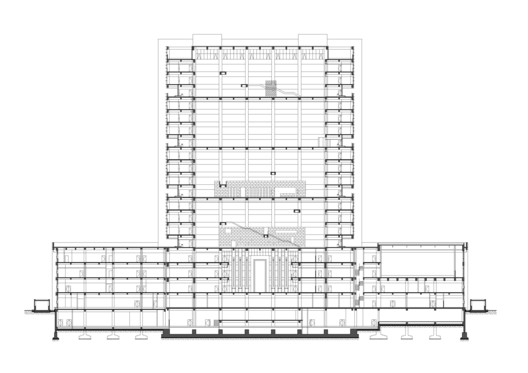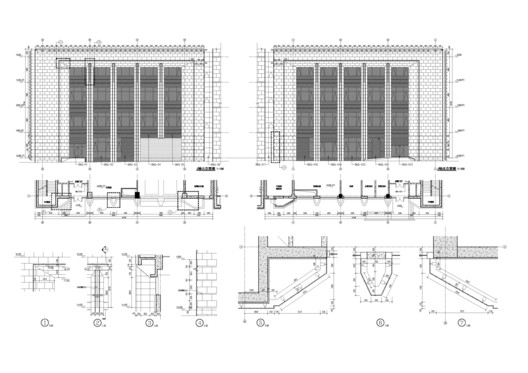
-
Architects: Beijing Institute of Architectural Design
- Area: 52000 m²
- Year: 2017
-
Photographs:Chaoying Zhao
-
Manufacturers: Beijing Nanlong Construction & Decoration Engineering, Gansu Jiuquan Xinlei Industries Group
-
Lead Architects: Tao Zhang
-
Construction: Gansu Seventh Construction Group Co.Ltd, Gansu Qi Jian

Text description provided by the architects. There is a variety of users at a people's court, including but not limited to judges, lawyers, suspects, general public, and even pedestrians. The architectural design of the court building is thus influenced by the wills and demands of these various groups of users. But for whom, is the architecture supposed to serve?



































